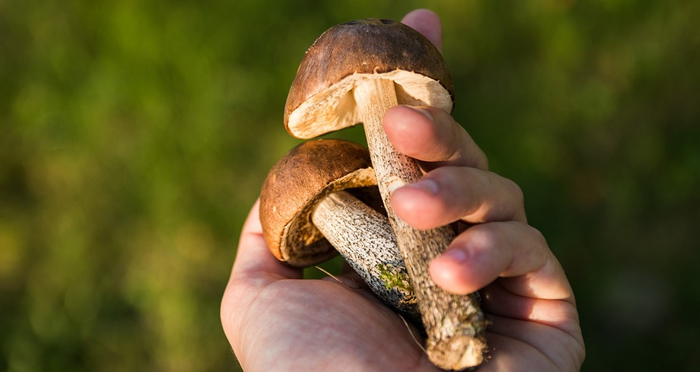Matsutake is a plant species that is still one species in the Kingdom Fungi category, this mushroom grows in a place that has a relatively low temperature, usually Matsutake grows in countries with cool climates such as in Japan, China, Korea and cool places in the hemisphere other earth.
Usually this fungus will grow when the fall arrives until the fall ends (September – November), because it has a relatively short growing period so that the price of Matsutake mushrooms is so extraordinarily expensive, 1 pound can be valued at US $ 100 (1 pound = 1 / 2 Kg).
Because the Matsutake mushroom comes from Japanese which means Matsu = Pine and Take = Mushroom, so it can be called Pine mushroom, why can it be called like that? because the habitat where this fungus grows is in the pine forests which generally are mostly in Japan. This fungus is parasitic because it grows attached to the roots of the pine tree, because it is still in the family Fungi mushrooms can not make their own food so he must stick to other plants and absorb food from plants that he is riding.
Japanese society generally presents this Matsutake in the form of various food variations depending on the taste of each of them as well, such as slicing it into 2 or 3 parts then baking it on charcoal and served with soy sauce (Shoyu),
or sliced into small pieces and cooked together with rice and will become mushroom rice [Matsutake gohan (松茸 ご 飯)] so that it will smell so distinctively delicious,
and sometimes someone throws it into pochi soup [Dobin mushi (土 瓶 蒸 し)] to enjoy the delicious and delicious broth from Matsutake when you eat it warmly.

